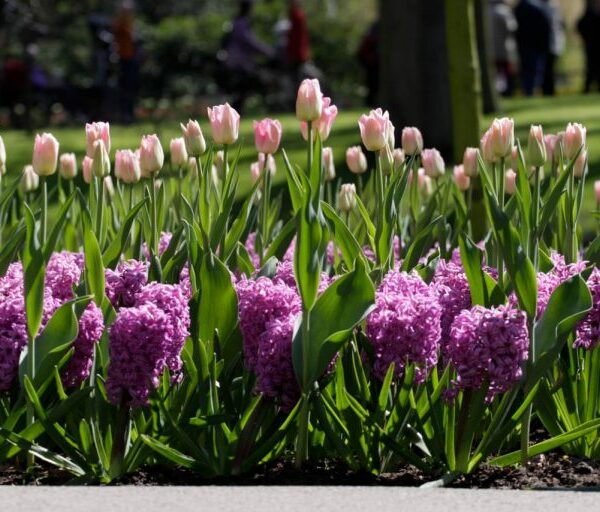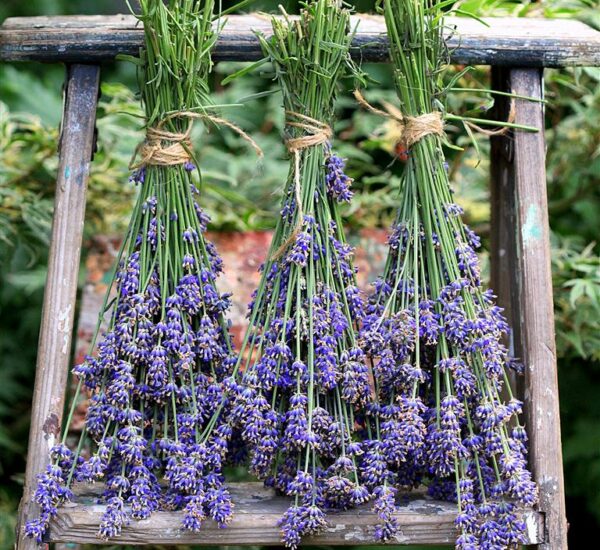Chrysanthemums, often purchased as potted plants in the fall, can be overwintered for enjoyment in future seasons. In this expert guide, we will provide you with a comprehensive approach to overwintering store-bought chrysanthemums, with references from government sources, horticultural organizations, and academic experts.
Introduction to Overwintering Chrysanthemums
Overwintering chrysanthemums involves protecting these plants from harsh winter conditions, ensuring their survival and potential reblooming in the following spring or fall.
Choose Healthy Chrysanthemums
Select healthy chrysanthemums with robust foliage and vibrant blooms when purchasing them in the fall. Healthy plants are more likely to survive the winter.
Repot or Transplant
After purchasing, consider repotting the chrysanthemums into larger containers or transplanting them into your garden. This allows for better root development and winter hardiness.
Prune and Deadhead
Prune your chrysanthemums back to about 6 inches in height after they finish blooming. Deadhead spent flowers to encourage new growth.
Stop Fertilizing
Cease fertilization in late summer or early fall to discourage new growth, as tender new shoots are vulnerable to winter cold.
Select a Suitable Location
Plant chrysanthemums in a location with well-drained soil and good air circulation. Avoid areas prone to waterlogging, as this can cause root rot during the winter.
Protect with Mulch
Apply a layer of mulch around the base of the plants to help insulate the soil and protect the roots from extreme temperatures.
Watering
Ensure the chrysanthemums are well-hydrated before the ground freezes. Continue watering throughout the fall, but reduce watering as winter approaches.
Use Winter Covers
Cover your chrysanthemums with frost blankets or burlap to protect them from harsh winter winds and frost. Ensure the covers reach the ground to trap heat.
Maintain Good Air Circulation
Avoid overcrowding plants during the growing season to prevent mold and mildew issues that can be exacerbated during the winter.
Regular Inspections
Regularly check your overwintering chrysanthemums for signs of stress, disease, or pests. Early intervention is crucial to their survival.
Spring Uncovering
In the spring, once the danger of frost has passed, remove the covers and mulch from your chrysanthemums. Prune away any dead or damaged growth.
New Growth Care
As your chrysanthemums begin to grow in the spring, resume regular watering and a balanced fertilization schedule.
Fall Blooming
With proper care, your overwintered chrysanthemums should be ready to bloom in the following fall, continuing the cycle.
Conclusion
Overwintering store-bought chrysanthemums allows you to enjoy these vibrant fall flowers in subsequent seasons. By following these steps and considering local horticultural organizations’ and experts’ advice, you can successfully protect and nurture your chrysanthemums through the winter months.
Can store-bought chrysanthemums be successfully overwintered for the following year, and is it worth the effort?
What are the steps to prepare store-bought chrysanthemums for overwintering, and when should I start the process?
Do I need to plant store-bought chrysanthemums in the ground, or can I keep them in containers for overwintering?
What is the ideal location and conditions for overwintering chrysanthemums, and should they be sheltered from harsh weather?
How should I prune and cut back store-bought chrysanthemums before overwintering to ensure their survival and regrowth?
Are there any specific soil or mulching requirements for chrysanthemums during the winter months?
What about watering and protection from frost and freezing temperatures—what steps should be taken to prevent cold damage?
Should I use any additional methods, such as covering or insulating the plants, to help overwinter chrysanthemums?
What are the signs of success or potential problems to watch for during the winter and early spring months?
How can I encourage the regrowth and blooming of overwintered chrysanthemums in the following season?
- Explore THC Infused Drinks in New York - May 9, 2025
- The Latest in THC Seltzers Across Texas - May 9, 2025
- Top THC Infused Drinks Available in Oklahoma - May 9, 2025




